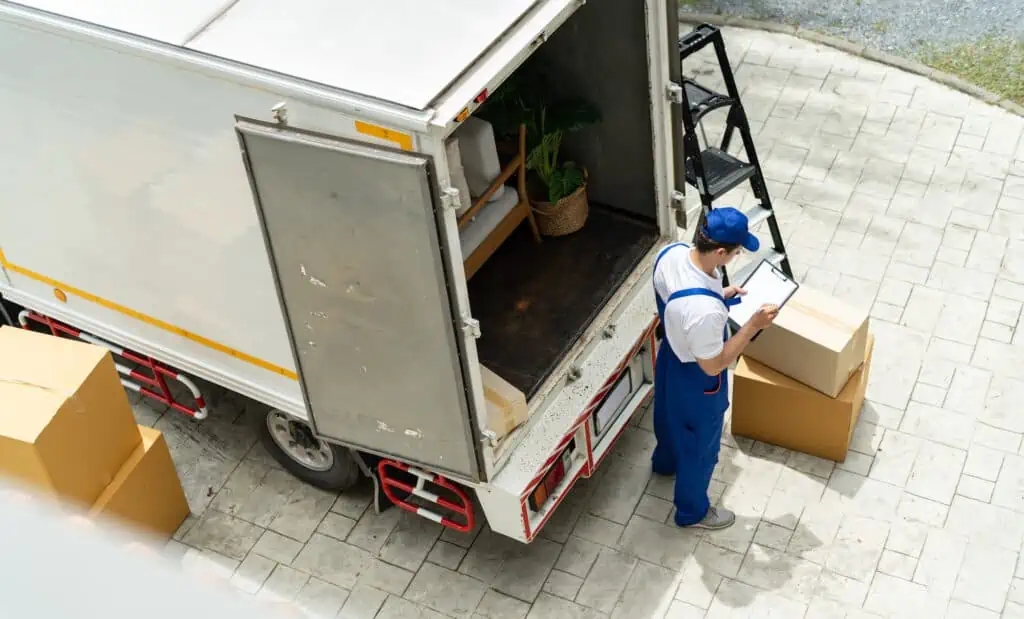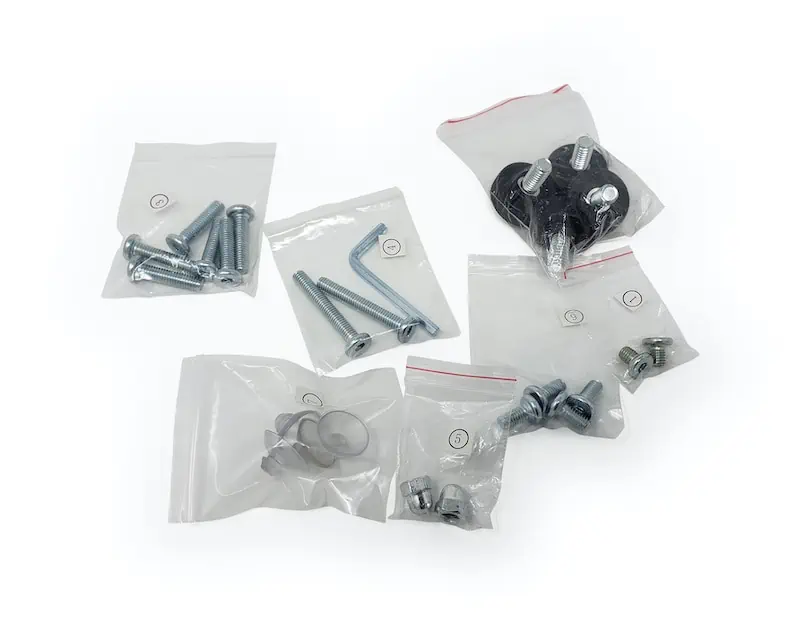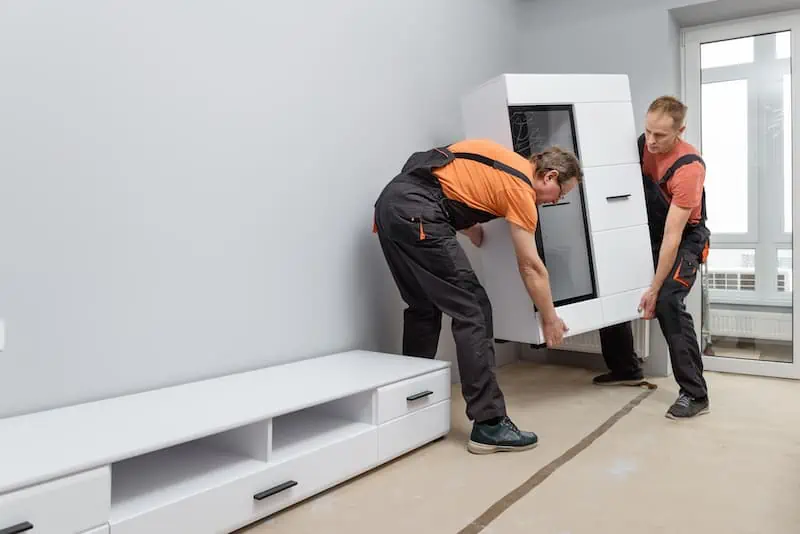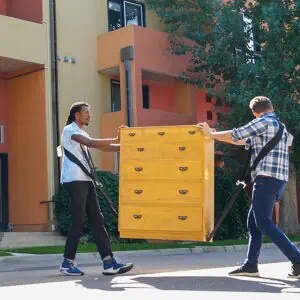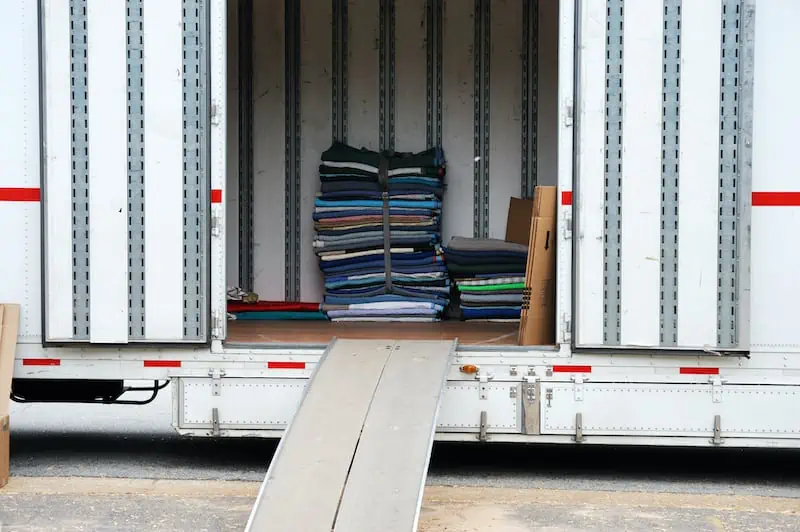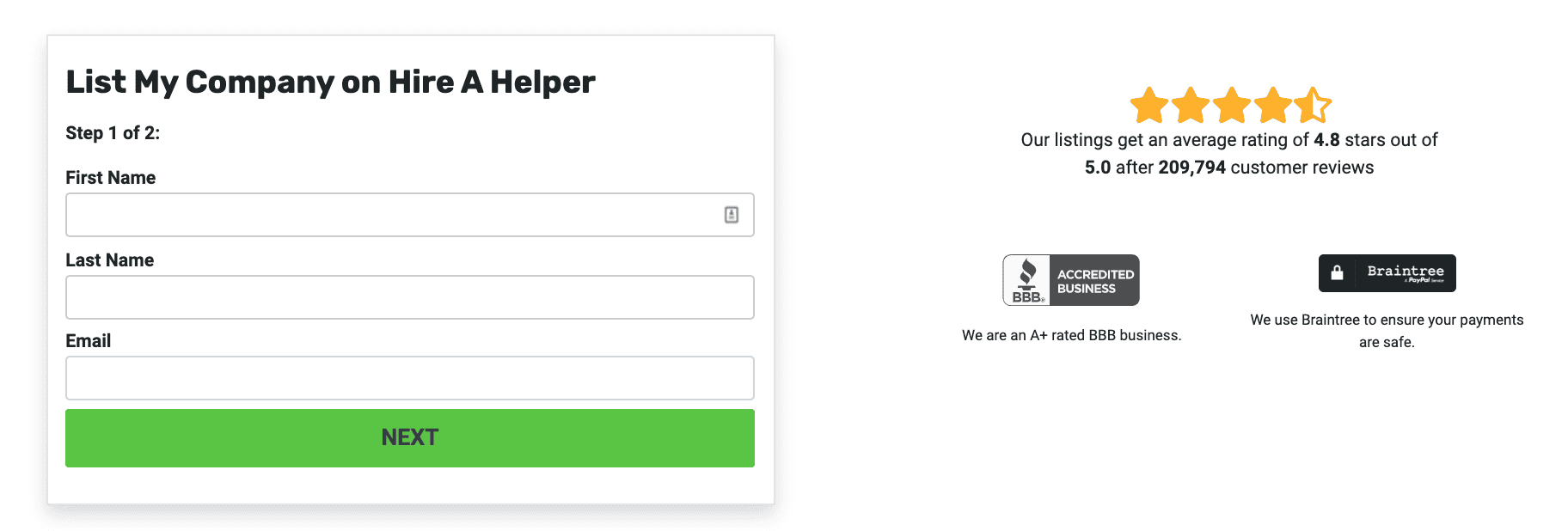At the end of every moving job, as we’re saying goodbye to the customer and shaking their hand, we’re all thinking about the same thing.
Our tip. And whether or not one is coming.
Tips are a pretty hot topic nowadays, but early on in my moving career, I learned not to expect a tip. I always hoped for one, but no matter how much we work our tails off, or how good a job we do, it’s all up to the customer in the end.
But it’s not completely out of our control. If we keep in mind a few simple ideas, we can really increase the chance the customer will leave you a well-earned tip.
It’s About Expectations
Most customers have a bar they anticipate all service companies to clear, which includes movers. They expect us to show up on time, know what we’re doing, take care of their things, and act professionally. They might also expect movers to be in uniform, or at least in matching company t-shirts.
But this is just the baseline. If we can really knock their socks off and exceed their expectations, they’ll be more likely to tip above and beyond. The unfortunate thing is, we can’t control or predict when we are going to be able to wow our customers like this. Remember, the customer already expects us to do all the things we do every day. To genuinely impress your customer, to do the unexpected, you need an opportunity.
That chance may not always show up in the way you think it would, either. Here are a few stories that show some of what you can do to notice those opportunities and take advantage of them to land the kind of tip you’re looking for.
Making Difficult Decisions About Employees
You might think that gritting your teeth through a job when you have an employee acting unprofessional. After all, you’ll be down a member if you send them back, and the job will take longer. You also might be worried the customer might see you and your company in a bad light, but addressing bad behavior before it gets out of hand will actually improve their opinion in the long run.
For example, I once had a worker whose nickname was Train, as in freight train. And on a Saturday in mid-June, with business heating up right along with the weather, we had a trainwreck.
I don’t know what his deal was that day. He wouldn’t tell me, even when I pulled him aside, out of earshot of the customer and the rest of the crew. Right from the start he had been complaining about the truck, the equipment, and the long carry from the front door to the street because we couldn’t get in the driveway. The other guys on the crew were being “slow and stupid.” The customer “didn’t know (bleep) about packing boxes.” And with the customer standing right there.
So I told him he was done for the day.
“Customers, on the other hand, don’t know about the ins and outs of how to pack or move. If you see the opportunity to pass along your knowledge and make their moving experience a little better, it’s probably a good idea to speak up.”
I was honest with the customer. I told her that I was sorry for his behavior and that Train, up to that had to that point, been a good, promising mover. Then I told her that I’d made the decision to send him home. This of course meant the job was going to take a little longer. I assured her we’d get the job done, and if we went over the estimate for the move I’d cover it.
The other workers were fine not having Train around. They were actually energized by him suddenly being gone. They did a bang-up job, and we finished in less than an hour over the estimated time, which with one less man meant the final tally was actually under the estimate.
As we were finishing up the paperwork I apologized again for Train, but she said she appreciated how the guys and I handled everything and gave us each an eye-popping tip.
Be Honest When You Mess Up
While you should always take precautions and follow safety guidelines, accidents do happen, no matter what. And when they do, it’s best to handle them openly and honestly.
Once, we were unloading a customer’s belongings on one of those weird winter days when the weather couldn’t decide what to do. It would be snowing, then sleeting, then raining, then snowing again, with the ground covered with a wet, slippery mix of all of it.
We were about halfway through when two of the crew were carrying a tall, fairly heavy bookcase up the front walk. The guy in the back slipped on the wet slate, and the bottom end of the bookcase slipped out of his hands. It hit the slate with a thud and a crack as a piece of the wooden base split clean off the back bottom corner.
See prices for local moving labor. Read real customer reviews. Easily book your help online.
It might be tempting to write something like this off as damage done in transit, especially because the customer had moved from out of state, so their stuff had traveled a long distance.
Instead, not only did I tell the customer what had happened. I showed her the piece of wood that had broken off. Then I told her she could opt to file a claim, and what might happen from there if she did.
The weather never let up, but the rest of the unloading went well. And In the end, the customer tipped us very nicely. She made it a point to express her thanks again for telling her about the bookcase and, more importantly, how to get the situation taken care of.
Use Your Moving Know-How
After all the moves you and your workers have done, you get a sense of the best practices and how things should go. Customers, on the other hand, don’t know about the ins and outs of how to pack or move. If you see the opportunity to pass along your knowledge and make their moving experience a little better, it’s probably a good idea to speak up.
Early on during a big move-out, I found a box that had no tape on it; The flaps were just folded into each other. Apparently, the customer had run out of tape. On top of that, several other boxes felt half-empty when I picked them up, and one box from the kitchen started clinking when I moved it.
It was all a disaster in the making. It also would have been 100% the customer’s responsibility if anything ended up broken. And stuff was definitely going to break.
“…[W]e can’t control or predict when we are going to be able to wow our customers like this. Remember, the customer already expects us to do all the things we do every day…[and] to do the unexpected, you need an opportunity.”
The problem was, I couldn’t exactly re-pack the boxes myself. PBO, as you probably know, stands for Packed By Owner. It’s what we write on the inventory sheet for any box the owner has packed themselves. If we don’t write PBO, the customer can claim that we packed it, meaning we are responsible for his poorly-packed glasses and cups which are now in a million pieces.
Writing PBO means the customer is responsible for that box and all its contents, from beginning to end. It’s a legal term that protects us from liability for the customer’s negligence or inability, and it comes with very precise implications.
When my guys were taking a quick mid-morning break I explained all of this to the customer, including the part about my not being able to actually (or officially) pack anything without charging him for it. I could, however, give him a half-used roll of tape from the truck and give him some up-close advice on how to pack his boxes securely.
In the end, the customer was happy and still entirely responsible for his boxes. I made sure he was absolutely clear on what PBO meant, just to be sure. And then he slipped me a fifty.
Ultimately, it is up to the customers how much they tip — or even if they tip at all. But that doesn’t mean we shouldn’t always maintain a good, professional attitude or stop looking out for ways to go above and beyond.
As these stories have shown, sometimes problems can become opportunities to really make your crew and business shine. Customers will appreciate it, and it will definitely increase your chances of getting a little extra thank you in the form of a tip at the end of the job. Good luck!











